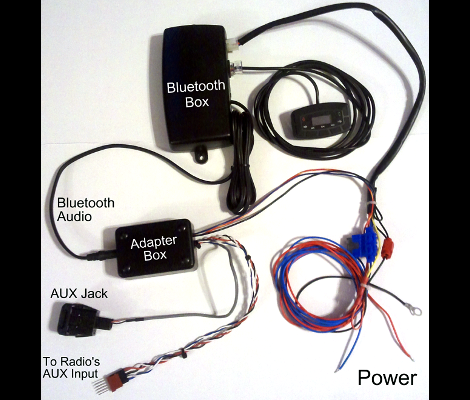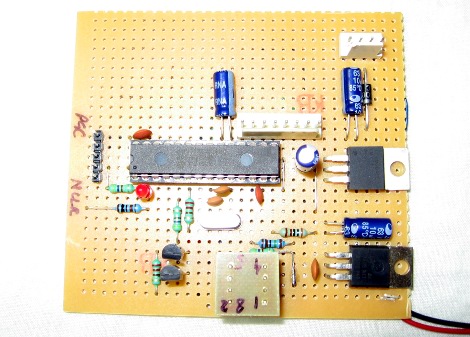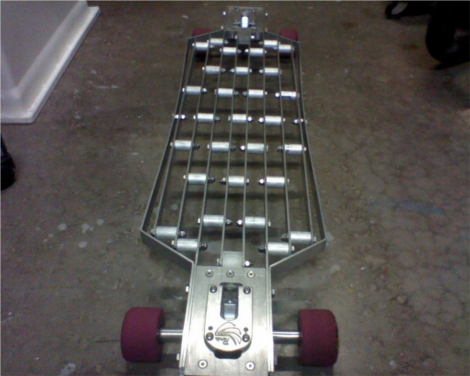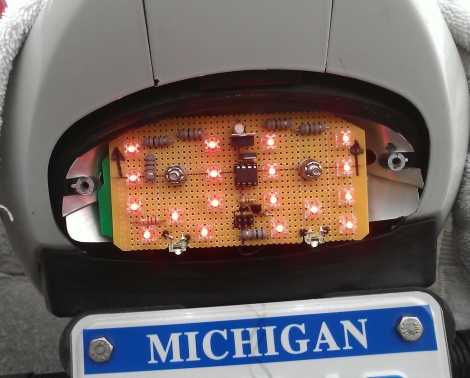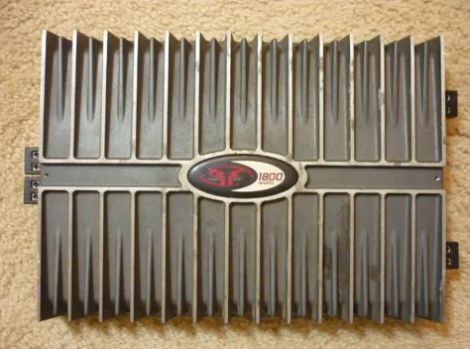
Some electronics professionals have to fly relatively frequently. One such person, [Steve Hoefer] shares with us how to properly fly with your exposed wires and bits without getting nabbed by the TSA for suspicion of being a terrorist. The article is fairly in depth with tips on how to handle most situations including being pulled aside and put in a tiny room for questioning. Most of it boils down to the fact that you can’t expect the TSA agents to be experts in everything. They see stuff that is slightly out of the norm, they have to follow up. We’re not talking about pat-downs and body scanners here, we’re talking about circuit boards, duct tape, and battery packs.
One story [Steve] shares is especially humorous. He noted that the servos had been disconnected from one of his robots. He wonders, why disconnect them? If they were suspected of being an explosive, they shouldn’t have messed with them. If they weren’t… why did they un-plug them?

